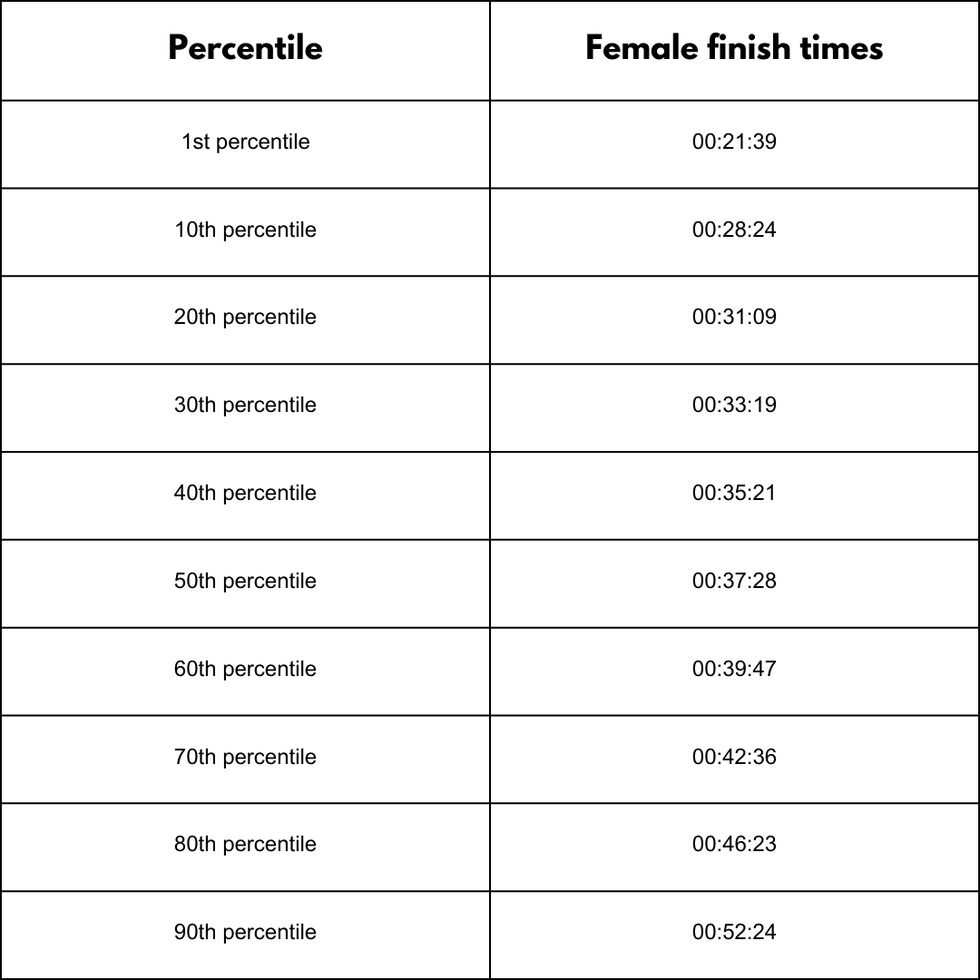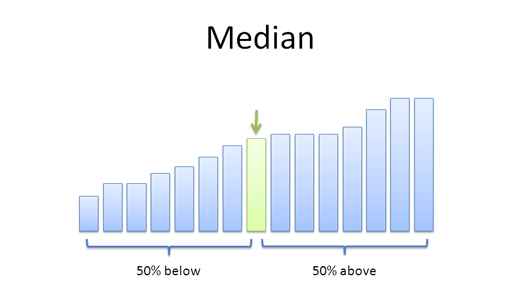Roads & PavementRoads & Pavement
Barefoot
Minimal
Low
Medium
High
Maximal
All around running shoes offer comfort and cushioning for daily runs, jogs, walks, and long mileage. They offer enough versatility for both faster and slower runs and are a great option for those who want one running shoe to do it all.
Fast run or uptempo running shoes are lightweight and responsive. They offer streamlined designs that have minimal uppers and offer a high level of energy return. These shoes are a great option for faster runs in the week or those looking for a livelier experience.
Max Cushion shoes offer premium cushioning with ample ground protection and a stable ride. These types of shoes provide abundant impact protection that softens landings while running at any pace or distance. These types of shoes are best for slower recovery runs and easy days where comfort takes priority.
Racing shoes are designed with optimal performance in mind. These types of shoes have snug-fitting uppers, energetic midsole foams, and features implemented for maximum efficiency. These types of shoes are best for runners looking to gain the ultimate advantage in races but may sacrifice some durability and comfort.
Gym Workout shoes offer a stable and versatile ride. They have a firmer underfoot feeling that provides stability for lateral movements with comfortable uppers. These types of shoes are best for trips to the gyms, cross training, casual wear, and light running. What is the average running speed
Road running shoes feature smooth outsoles that are designed for running on paved surfaces such as roads, sidewalks, and bike paths.
Designed to handle most trail runs, these shoes prioritize comfort and a smooth ride. These shoes are great for anything from smooth singletrack, park trails, and fireroads making them ideal for those who run from their doorstep on streets before hitting the trail.
These shoes are best used for hard, rugged trails such as shale, granite or sandstone where grip on smooth surfaces and underfoot protection are important.
Designed for use in muddy, soggy conditions, these shoes feature very aggressive outsoles that dig deep into soft ground for exceptional traction.
These shoes feature technical outsoles designed to grip snowy and icy trails making them ideal for winter trail running.
Cushioning level, or stack height, refers to how much shoe is between your foot and the ground. For this category, we reference the amount of cushioning below the forefoot as the heel height will be equal to or greater than the forefoot height.
Average Value of a Function UTRGV
0-13mm. The Shoe generally does not have a midsole and feels like there is no cushioning. This shoe is all about feeling the ground underfoot.
14-18mm. The shoe has a thin midsole that allows for a natural running experience. Racing shoes and minimalist shoes are common here. These shoes offer a feeling of being connected to the road or trail.
19-23mm. The shoe has a slightly cushioned feel and may feature added cushioning technologies. Performance training shoes and some trail shoes are common here. These offer protection during footstrike but prioritize a lightweight, grounded experience.
24-28mm. These shoes have a stack height that fall near the middle of the spectrum.The shoes in this category are verstaile and great for all types of runs and distances.
29-34mm. The shoe has a thick midsole and ample cushioning. These shoes are highly protective and absorb more impact than the body.
35mm plus. The shoe has an extremely thick midsole and extra cushioning. The focus is on protection and soft foam underfoot with hardly any ground feel.
Neutral shoes support the foot through a normal range of arch collapse and generally do not have a built-in technology to correct movement.
Stability shoes are a great option for those who overpronate or need added support. These shoes help to limit the inward rolling motion of the ankle while running or walking and assist in guiding the foot straight through the gait cycle. Average Stepping stone of Statistical Analysis in Data Science
Product Details:
Moving Average What it is and How to Calculate it Statistics How To outlet, Average cost Wikipedia outlet, How To Find Average Speed Formula Examples outlet, Calculate and Apply Averages in Sheets outlet, On Average Average May Not Mean What You Think It Does Discover outlet, How to Find the Average of a Group of Numbers 6 Steps outlet, Average Price Definition Calculation and Comparison to Mean outlet, AVERAGE Function How to Calculate Average in Excel outlet, Average Deviation Formula What Is Average Deviation Formula outlet, How do I calculate a rolling average Portent outlet, Average Speed Definition Formula Calculation Video outlet, How To Analyze Data Using the Average BetterExplained outlet, Average Stepping stone of Statistical Analysis in Data Science outlet, Average Value of a Function UTRGV outlet, What is the average running speed outlet, Excel AVERAGE Function outlet, Math Magic Finding the Average Quiz Trivia Questions outlet, Excel AVERAGE function with examples outlet, Weighted Average What Is It How Is It Calculated and Used outlet, Average Stock Price Calculator What is Average Share Price INDmoney outlet, What is Exponential Moving Average EMA Definition Formula outlet, Are You Above Or Below Average outlet, What Is Mean In Maths Examples Questions For Primary outlet, The outlet, The outlet, Why focusing on average is best Jonny Hates Marketing outlet, What is a moving average and why is it useful Georgia Rural outlet, Average Learn and Solve Questions outlet, Concepts of Average and Its Types for Kids outlet, What is Average Definition Formulas and Examples outlet, How To Analyze Data Using the Average BetterExplained outlet, Excel AVERAGE function Exceljet outlet, Equal averages plus.maths outlet, Mean vs. Average Understanding the Key Differences in Statistics outlet, Mean vs. Average Interesting Difference between Average vs. Mean outlet, Median Vs. Average Do They Mean the Same Thing YourDictionary outlet, MISTAKE 38 Average is not acceptable Integrated INSIGHTS outlet, How to calculate average in Excel formula examples outlet, WHAT IS THE outlet, Difference Between Average and Mean Average vs Mean Cuemath outlet, Averages Formulas Averages PrepInsta outlet, The Average Or Mean VS The Median Difference Between The Mean And The Median outlet, Average Formula What is the Average Formula Examples outlet, In Defense of Being Average outlet, Average Calculator Inch Calculator outlet, Calculating a Weighted Average Average of Averages Analytics outlet, What is an Average outlet, Average Formula Uses Calculation in Excel Calculator EDUCBA outlet, Median vs Average Know the Difference Between Them outlet, How To Analyze Data Using the Average BetterExplained outlet, Product Info:
Average outlet.
- Increased inherent stability
- Smooth transitions
- All day comfort
Model Number: SKU#7431484




